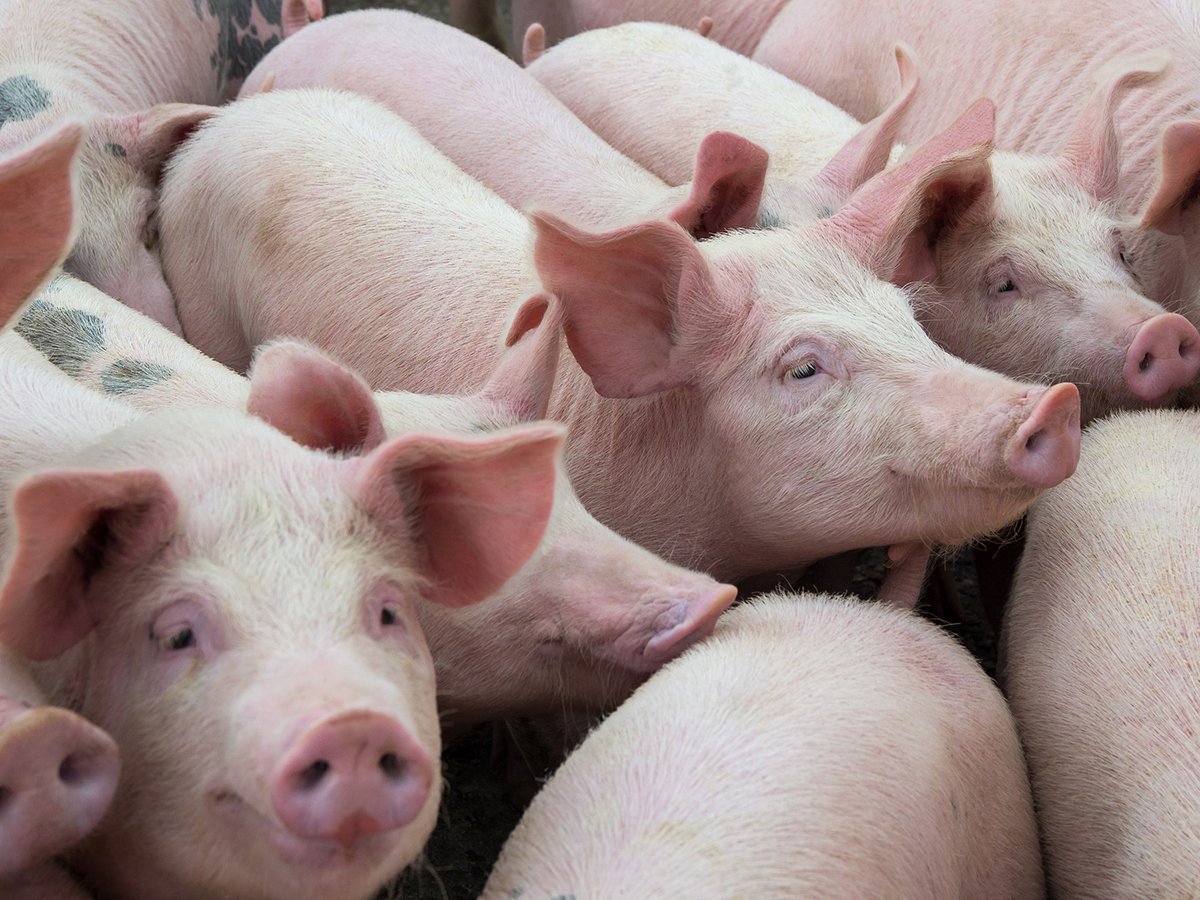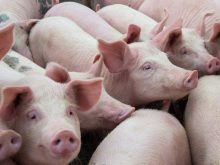Within the borders of Grasslands National Park lie old homesteads still referred to by family names.
Larson, Belza, Gillespie, Walker and others are now part of history.
A cowboy hat display at the Prairie Wind and Silver Sage museum and gallery pays respect to these early ranches.
The park made its first major land purchases in 1984, and they continue on a willing-seller willing-buyer basis. The proposed boundaries encompass 920 sq. kilometres in two parcels, the West and East blocks.
Other Canadian national parks may boast lattes, lodges, scenic highways and hikes, but at Grasslands, it is all about the grass.
Read Also

Quebec pork company calls for transparency around gene-edited pigs
Quebec-based pork company duBreton is calling for transparency around meats from gene-edited pigs on concerns that a lack of mandatory labelling will confuse consumers, and dilute certification claims. The organic sector is also calling for labelling rules.
“This is still a fairly primitive park,” said superintendent Katherine Patterson.
The long-term vision for the park has not yet been established.
However, Patterson is certain that vision will include recognition of the ranching history.
“The people stories here are just as important as species at risk or grazing stories,” Patterson said.
Conservationists strongly supported the park, but area ranchers saw it as losing their livelihood and way of life and the grass that could be used to graze their cattle.
“Ranchers and conservationists haven’t always seen eye to eye,” Patterson said.
“Some have been warming up to the park over the years. Others think it’s an absolute sin what the park has done.”
While she’s been on the job for only a couple of years, she said she takes responsibility for previous management decisions and is working to correct them.
A humbler, less paternalistic, approach is needed, she added.
Doug Gillespie felt the sting of that attitude on his ranch on the Frenchman River close to the Montana border.
When he sat on a local advisory committee as the park was being established in the 1980s bureaucrats refused to accept input from those who knew the land best.
“I really fought the park tooth and nail, but I was one of the first to sell,” he said. Staying was impractical.
“You need neighbours to help with branding and things like that. I was going to be the first guy out. Besides, it’s easier to move at 40 than at 60.”
His family re-established their ranch at Neville, Sask.
Others have also moved on.
An early criticism was that the park was taking ranch land off the market.
But Patterson said the park has kept some ranchers in business. It employs 51 people, including several from area ranches, and those salaries helped in the years following BSE.
That local input is helping guide her and other staff members.
“We want to rebrand as a good neighbour, as a neighbour that makes common sense decisions,” she said.
Park information
- The first national park was at Banff, established in 1885.
- There are 42 national parks, 167 national historic sites and four national marine conservation areas.
- Grasslands National Park was officially formed in 1988 with the signing of an agreement between Ottawa and Regina. It was officially proclaimed in 2001.
- About920sq. kmliewithin Grasslands’ borders, representing one of the best examples of intact mixed grass prairie habitat in Canada. About 74 percent of that area has been acquired.
- Grasslands has few services. The first campground is being built this year.
- There is evidence of 10,000 years of people hunting and living on the land that now comprises the park.

















